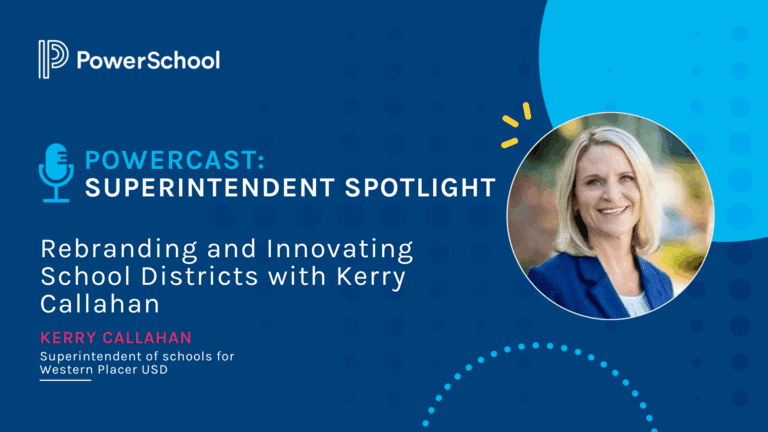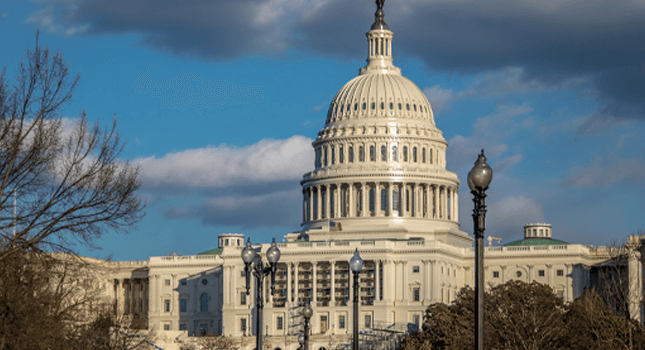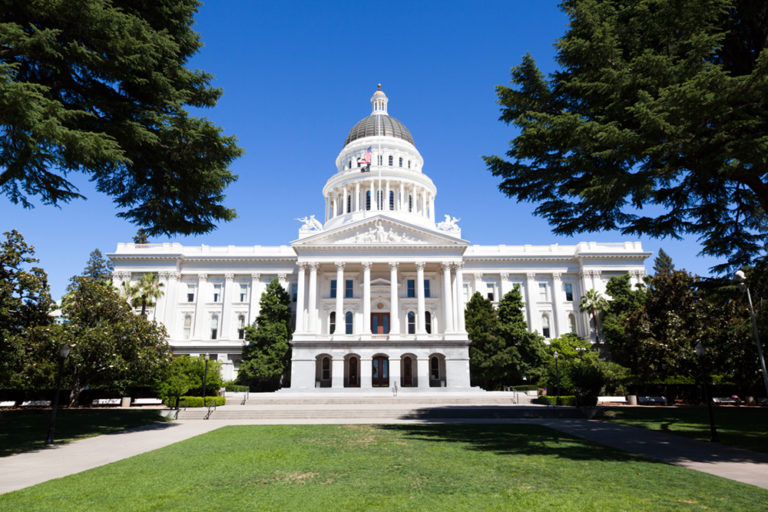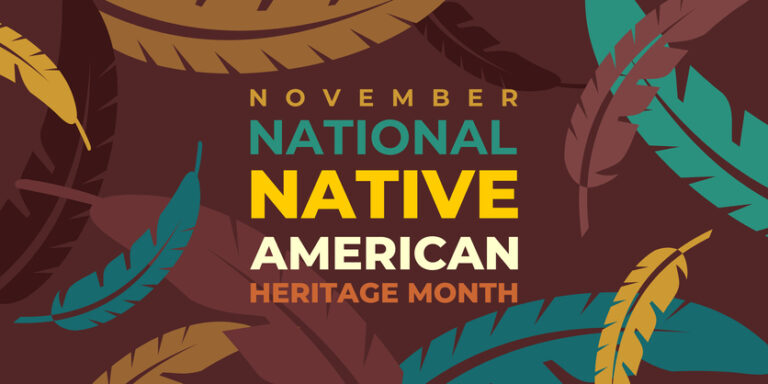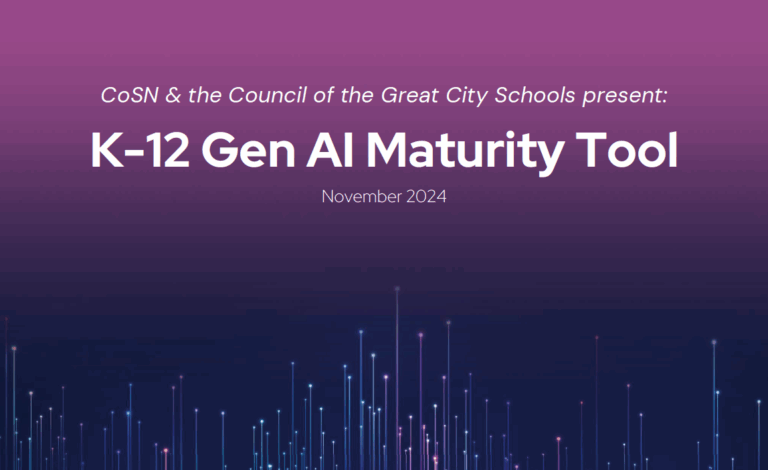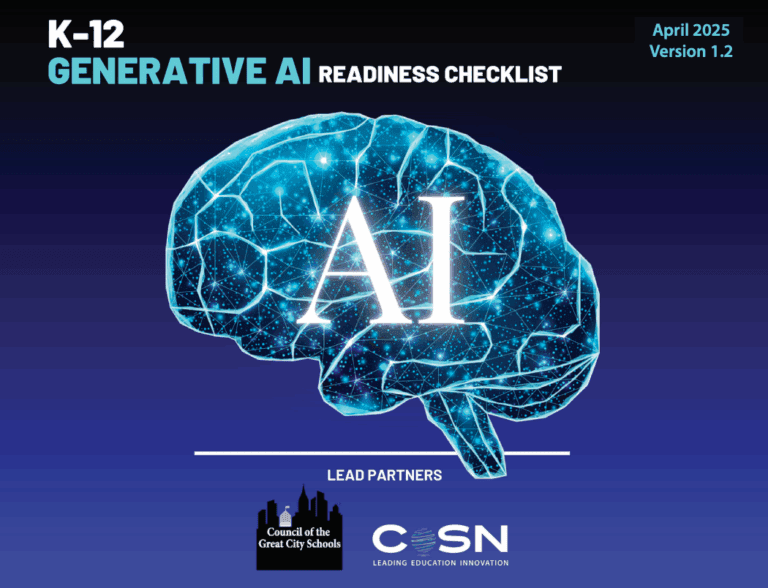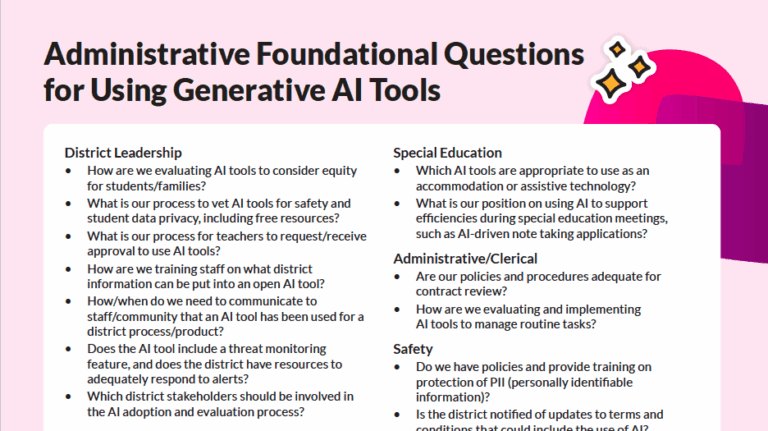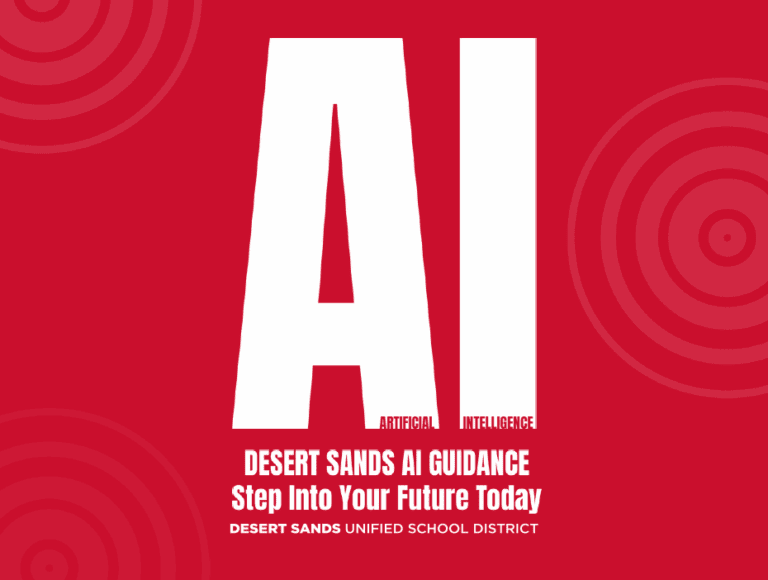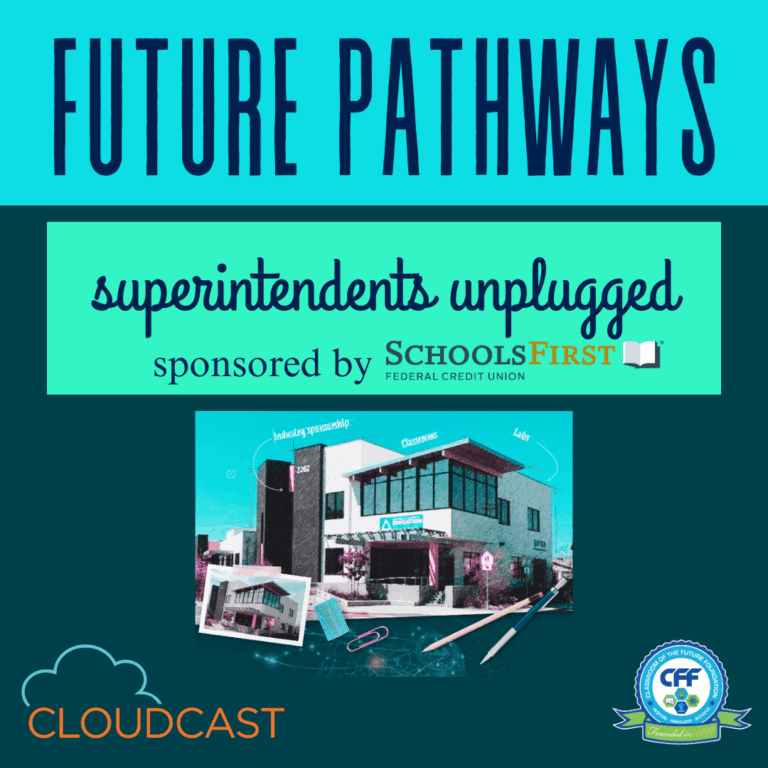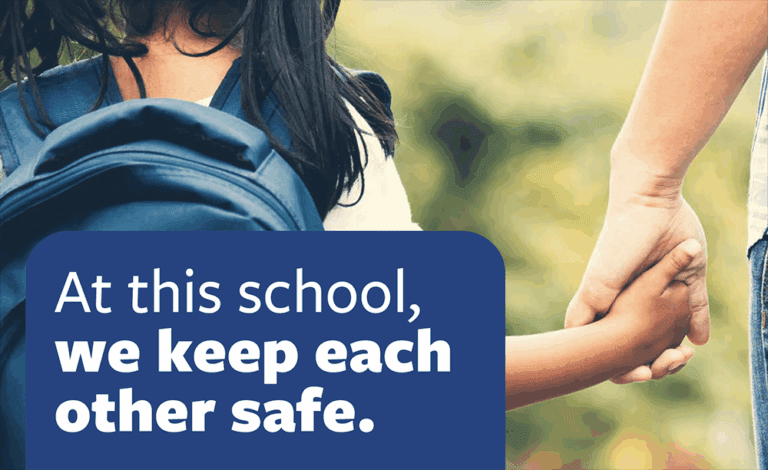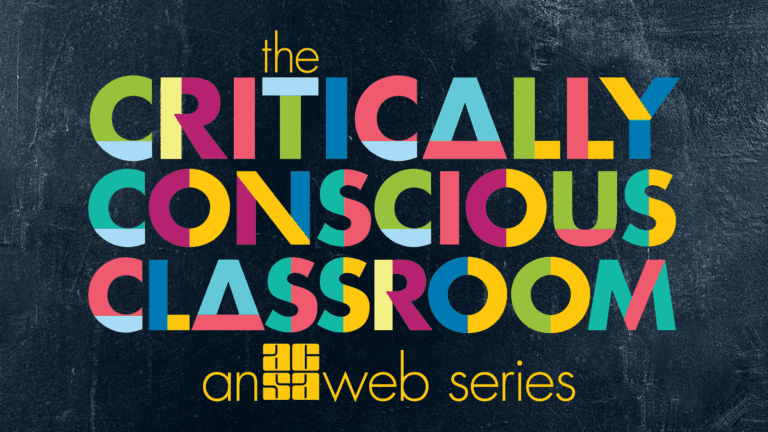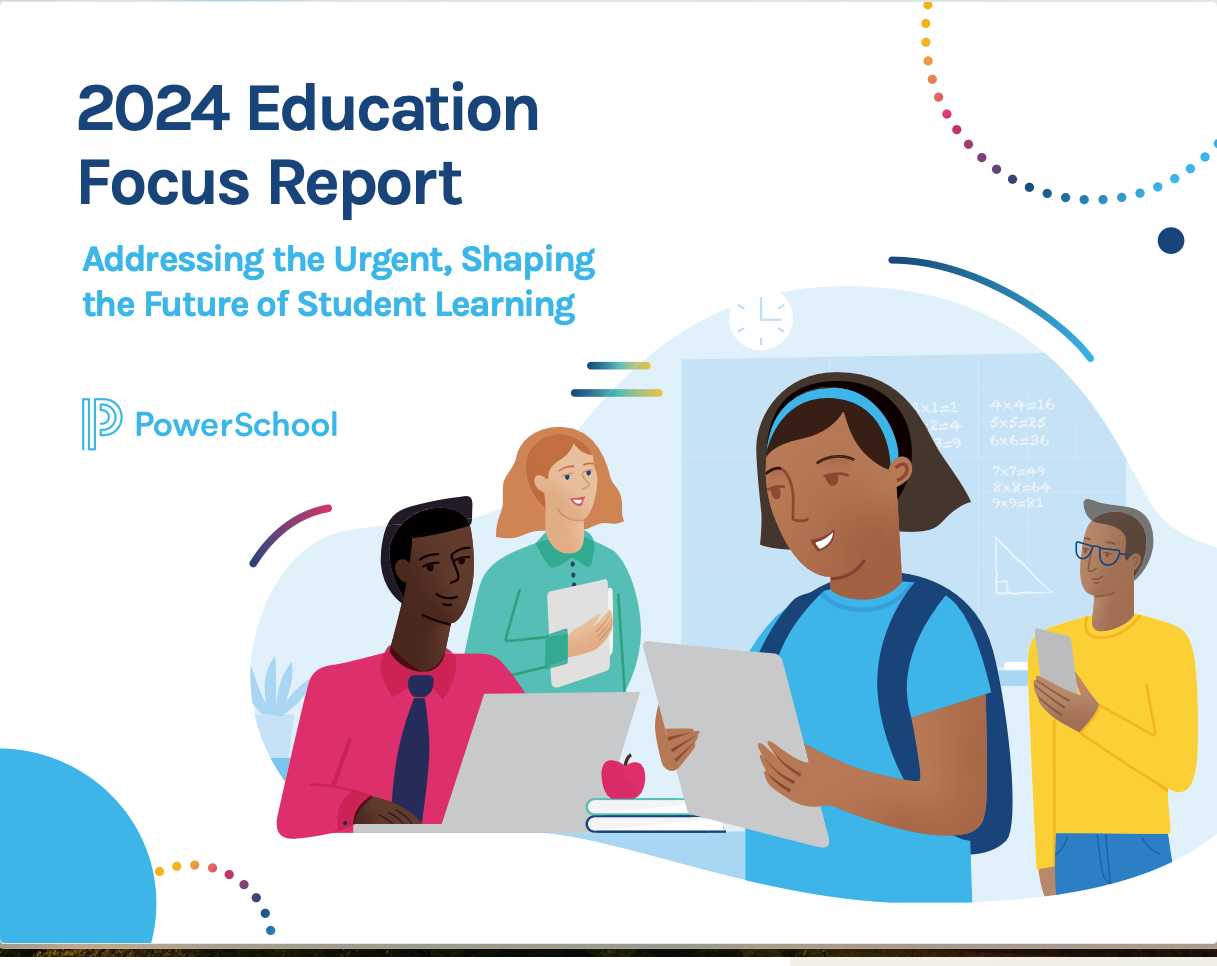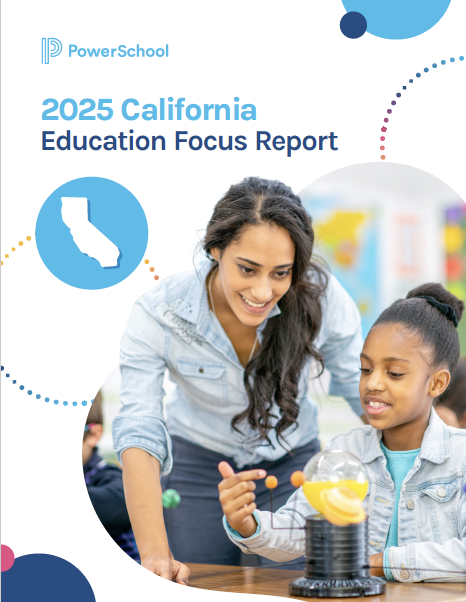This column by ACSA President Ron Williams originally appeared in the May 31, 2021 edition of EdCal.
The year was 1847. A young doctor, sitting at the bedside of a young pregnant woman, assured her she was safe from the dreaded disease. The facts, however, were that she stood to become its victim, there was no cure for it, and the pain it wrought was indescribable. Tragically, she was not spared. As she lay dying, the young mother who would never see her child extracted a promise. The young bereft doctor made the commitment.
Where to begin? Orphanages were overflowing, growing in size as newborns arrived from the hospitals — their fathers having to work 12- to 14-hour days for pennies. What questions needed to be pursued? Why was there a lower percentage of women contracting the disease when midwives attended the births? Why were women, regardless of social class, afraid of going to the hospital? He was open to any source that might inform courses of action.
Ironically, one of his colleagues, a trusted friend, died from the same symptoms as those of the women. How could a male contract puerperal fever? The only thing that stood out to the doctor was that his friend had his hand sliced with an accidental slip of a scalpel. This occurred when his friend was teaching doctors during a dissection on a corpse.
Shocked, the young doctor realized all the current “facts” were really uninformed beliefs. The “real” facts were the need to wash one’s hands, to provide clean surgical gowns and linens for the beds, and to create a hygienic environment.
Irrespective of him bringing the incidence of puerperal fever to zero and sustaining such a record over time, the leaders of the medical establishment vehemently rejected the findings and ridiculed him. He died at age 47 in an insane asylum, which some historians state was the result of blood poisoning from beatings inflicted on him by the staff. This leader’s name was Ignaz Semmelweis.
This story is about leadership in a time of crisis. The story bears retelling so we, as leaders charged with a diversity of responsibilities, can reflect on our own leadership. We live in a “new” now, when a pioneer leadership style is needed. Prior to the crisis, leaders could get by using a settler’s mentality. How are you transcending the victimhood of TTWWADI – “that’s the way we’ve always done it”?
Now, we lead without prior roadmaps. What new data have emerged? What are questions to pursue? Will we merely close out one school year and open another as has always been done?
Never before has our leadership been so challenged. Without navigational charts and the stars to guide us, we have encountered structural and functional curricular and pedagogical issues. Concomitantly, we are present to emotional, social and economic hardships constituting the life circumstances of so many stakeholders. All of this we have embraced while striving not to neglect the needs of our own families. The consequences have exacted an emotional toll. Perhaps their enormity has robbed us of sleep. In operationalizing plans in a context of shifting and the unanticipated we wonder — did we miss something? Have we been as open-minded as needed? Have we collaborated in ways that strengthen our own plans while contributing to the planning of others?
The leadership of the Association of California School Administrators has sought to serve you. This includes weekly updates and other resources to support your decision-making; creating an ongoing forum for collective and collaborative dialogue; and responding to your needs by accurately and authoritatively interpreting and sharing guidelines and legislation. We hope we have and continue to be a lighthouse as you traverse rough seas of turbulent times.
School administrators in California and across the nation are implementing in-person teaching and learning. What strengths and opportunities for improvement have been identified about distance/hybrid learning? While some students seemed to have flourished via distance learning, others have fallen by the wayside. These findings invite us to pursue critical questions as pioneers and explorers without fear that the answers may challenge our current assumptions.
Pioneers and explorers constitute a leadership style contrasted to a settler one. A settler leadership style occurs during periods of calm and stability. This is the leadership of keeping the organization functioning in a kind of maintenance mode, rather than the goal attainment mode.
When something so unanticipated and unprecedented as a multidimensional crisis occurs, it awakens the compassion, unity, and collaboration that exists in each of us as we deal with the uncertainty of life circumstances. The tendency toward egocentric selfishness is transformed into a spirit of generosity of the soul, selflessness, and kindness to the stranger we do not know.
Just as the words of a young girl found in her diary in the attic where her family and others hid in Amsterdam: “I believe, in spite of everything, that people are truly good at heart.” Research across the early life span from young children through adolescents has indicated the most important need they have is for a positive, engaged and supportive relationship with the adults into whose care they have been entrusted.
With everything that has happened throughout this period of isolation, the most important must be the needs of our youth regardless of race, sex, gender, color, ableness, age, sexual orientation and any other characteristic. We must convey through our attitude and words that our world will emerge from these challenges more hopeful — that a better, more loving, more care-oriented (especially to our youth) world is in the midst of being born.
Now, with the heart and determination of a pioneer/explorer leader, we ask challenging questions that do not yet exist in the minds of “settler” leaders. Words written in 1992 are more apropos now than ever before:
“The fundamental characteristic of the world students now enter is ever-accelerating change: a world in which information is multiplying even as it is swiftly becoming obsolete and out of date; a world in which ideas are continually restructured, retested and rethought; where one cannot survive with simply one way of thinking; where one must continually adapt one’s thinking to the thinking of others, where one must respect the need for accuracy and precisions and meticulousness; a world in which job skills must continually be upgraded and perfected — even transformed. We have never had to face such a world before. Education has never before had to prepare students for such dynamic flux, unpredictability and complexity, for such ferment, tumult and disarray. We as educators are now on the firing line. Are we willing to fundamentally rethink our methods of teaching? Are we readying for the 21st century? Are we willing to learn new concepts and ideas? Are we willing to bring new rigor to our own thinking in order to help our students bring that same rigor to theirs?
“These are profound challenges to the profession. They call upon us to do what no previous generation of educators was ever called upon to do. Those of us willing to pay the price will yet have to teach side by side with educators unwilling to pay the price. This will make our job even more difficult, but not less exciting, not less important, not less rewarding. Critical thinking is the heart of well-conceived educational reform and restructuring because it is at the heart of the changes of the 21st century. Let us hope that enough of us will have the fortitude and vision to grasp this reality and transform our lives and our schools accordingly.” (Paul, 1992, p. 13)
Questions for the Pioneer/Explorer Leaders
- How has communication with your stakeholders changed? How have you responded?
- How has your district, school, or classroom changed to align with societal shifts?
- What role did infrastructure have regarding the success of learners — were their homes and neighborhoods without the necessary network connectivity?
- What support and resources were operative in supporting families when adults lacked technological and digital literacies?
- What individual and staff development needs to occur so technological and digital literacy can become infused into the current assembly-line system of education we have inherited from an industrial era it was designed to accommodate?
- How has your school and/or district changed based on the knowledge that learning is a sense-making process dependent upon one’s existing neural networks?
- What types of technology have been adapted in your school or district?
- How have you been responsive to the needs of learners today?
- What change must we advocate in order to ultimately shift curriculum from its current overabundance of information in discrete subject-specific silos where students are told what to think/remember to an emphasis on thinking and evaluating information?
- What changes must take place to bring equity to the forefront of our national agenda?
Educators possessing pioneering/exploring leadership must chart new courses through rough unfamiliar seas focused first on attending to the differing life circumstances of young people whose lives are entrusted to us.
Young people desperately need us in helping them make sense of this very different world in which we find ourselves living. They need us also to draw upon courageous leadership that navigates through bureaucracy that so often results in depriving young people of what they need in what is supposed to be education in a democratic society.
In short, this means uniting with colleagues and demanding legislators allocate the funds and resources necessary to bring about an equitable education system. The old rhetoric of demanding high standardized tests scores in order to get needed funding that other countries provide their youth as a human right must prevail. To do less in the name of fiscal stewardship is motivated so often by greed.
Now that we have a clearer picture of what the future holds for schools and districts, we all can feel a sense of relief when, and only when, committed and timely action occurs. May we collectively be the impetus for ensuring the universal rights of our youth remain in the public scene. Only in this way can our nation hold its head high with pride.
To maintain a settler’s stance of “business as usual” reaps only future discomfort — failure that we turned our backs on the tender hearts and inquisitive minds of our nation’s greatest resource, our youth.







